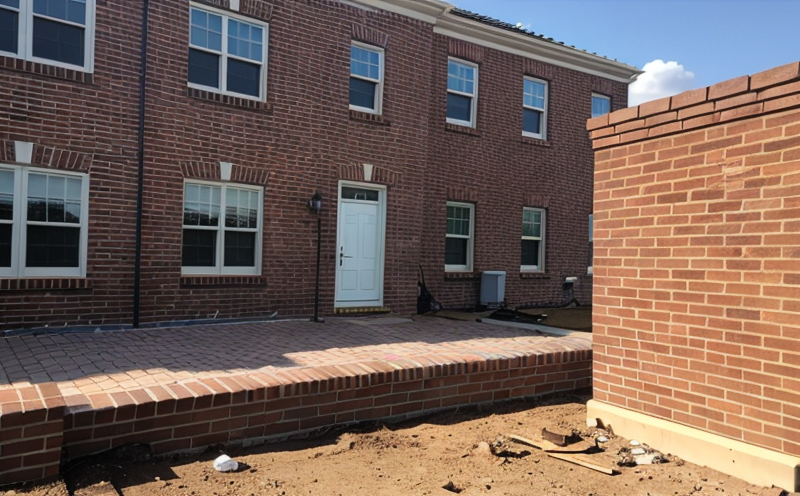ISO 10545 Mechanical Resistance Evaluation
The ISO 10545 standard is a cornerstone in the assessment of the mechanical resistance of masonry and brick materials. This international standard is widely recognized for its rigorous protocols used to determine compressive strength, tensile strength, and flexural strength of these materials. The tests are critical for ensuring that construction materials meet the specified quality standards required by architects, engineers, and building codes.
Our laboratory adheres strictly to ISO 10545 guidelines when evaluating mechanical resistance. Specimens are prepared according to the standard's specifications, which include precise dimensions and curing conditions to ensure consistent results. The testing process involves applying loads progressively until failure occurs, capturing critical data points along the way.
The mechanical properties of bricks and masonry play a pivotal role in structural integrity. By evaluating these materials under controlled laboratory settings, we can accurately predict how they will perform in real-world applications such as walls, partitions, and load-bearing structures. The insights derived from this testing are invaluable for quality managers, compliance officers, R&D engineers, and procurement teams looking to select high-performance building materials.
During the testing process, our skilled technicians use advanced equipment like hydraulic press machines and strain gauges to measure stress-strain relationships accurately. These sophisticated instruments allow us to generate detailed reports that include not only numerical values but also visual representations of the specimens' failure modes. Such comprehensive documentation helps stakeholders make informed decisions about material selection.
Compliance with ISO 10545 is essential for ensuring product quality and safety standards are met across various industries, including construction, civil engineering, and architecture. Our team works closely with clients to understand their specific requirements and tailor our services accordingly. Whether you need assistance with initial material selection or ongoing quality assurance checks, we offer a full range of support throughout the testing lifecycle.
- Compressive Strength: Measured by applying axial pressure until failure occurs.
- Tensile Strength: Determined through tension tests on prismatic specimens.
- Flexural Strength: Evaluated using beam specimens subjected to bending loads.
Benefits
The benefits of performing ISO 10545 mechanical resistance evaluations extend far beyond mere compliance with industry standards. Here are some key advantages:
- Enhanced Reliability: Ensures that construction materials can withstand expected loads without compromising safety.
- Informed Decision-Making: Provides valuable data for choosing the right materials based on performance characteristics.
- Cost Efficiency: Helps avoid costly rework or failures by identifying substandard materials early in the process.
Eurolab Advantages
At Eurolab, we pride ourselves on delivering unparalleled quality and reliability through our ISO 10545 mechanical resistance evaluations. Here’s why choosing us can make all the difference:
- Accurate Results: Our state-of-the-art facilities and experienced staff ensure precise measurements.
- Comprehensive Reporting: Detailed reports that go beyond basic test results, offering valuable insights into material behavior.
- Timely Delivery: We understand the importance of meeting deadlines without compromising on quality.
Environmental and Sustainability Contributions
Evaluating mechanical resistance in masonry and brick materials plays a crucial role in promoting sustainability within the construction sector. By ensuring that building materials are robust enough to last longer, we contribute significantly to reducing waste and resource consumption.
- Reduced Waste: Longer-lasting materials mean fewer replacements and repairs over time.
- Energy Efficiency: Stronger structures require less maintenance, leading to lower energy costs for heating and cooling.





